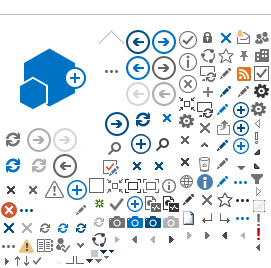Star of Excellence
Screen-less ECG Monitor (sl Monitor)
A
novel, miniature, screen-less ElectroCardioGraph (ECG) monitor (“sl
monitor”), developed completely in Qatar, by a joint effort of
Cardio-thoracic surgery of Heart Hospital and the electrical engineering
department of Qatar University. The device is a small rectangular box,
which pairs up, by wireless means, to any smart mobile phone. The ECG
can then be displayed on the phone’s screen.
